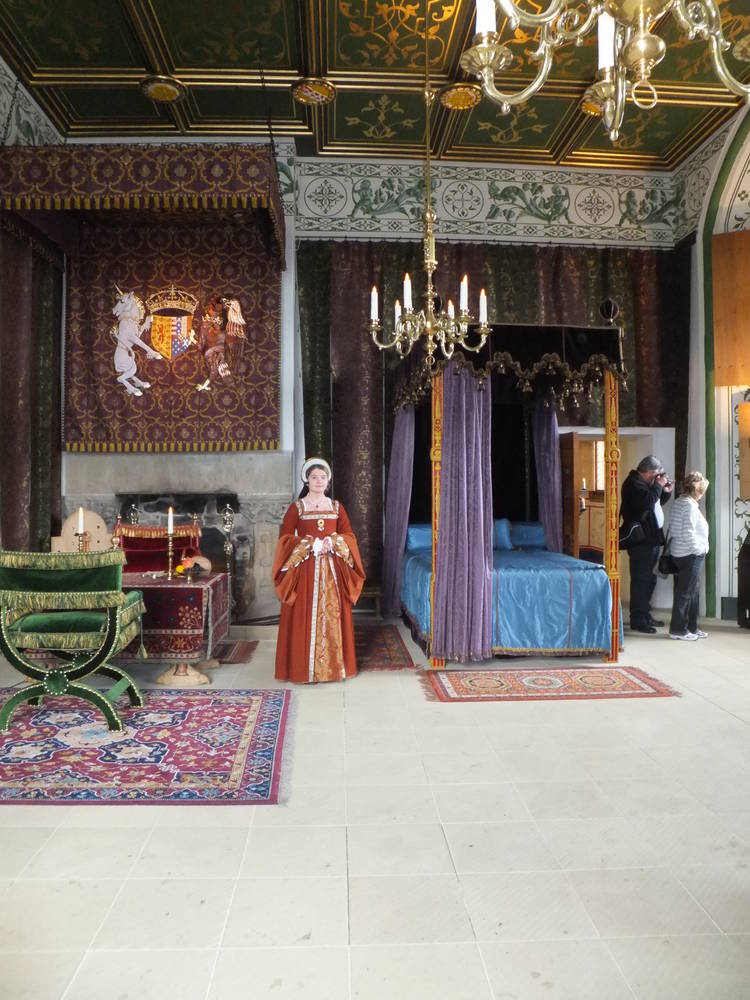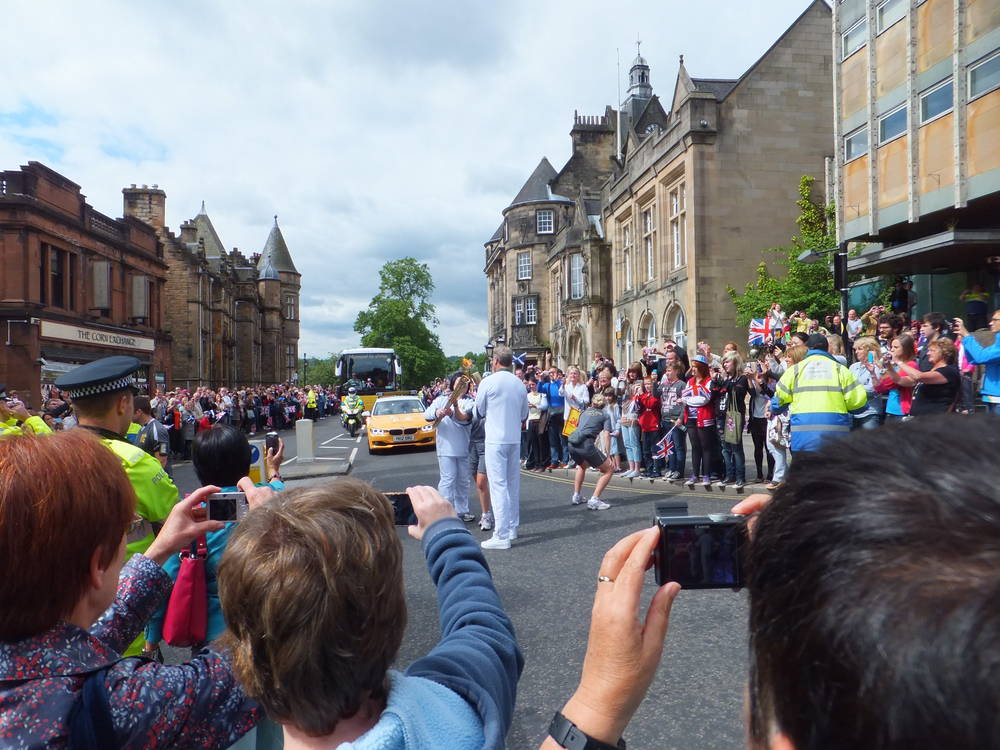My journey of self-discovery in Stirling, Scotland, part one

This is part one of a two-part story.
The translucent grass waved gently in the bitterly cold wind and intermittent showers. Stirling Castle stood sentinel to the south. I was standing in a place I never dreamt I would visit, or even knew about until a year ago.

I had come to Stirling in Scotland to find who I was. Adopted, I had always believed I was of Scottish descent and although my adoptive mother knew this, she never confirmed it. Years of searching had brought me to a place where I had contacted some of my birth family and had been provided with information about my Scottish roots. Meeting a birth cousin allowed me to put more pieces in the jigsaw of my life and I was determined to visit the birthplace, near Stirling, of my great-great grandparents, John and Catherine. I hoped to walk in their footsteps and secretly hoped someone from the past would whisper ‘welcome home’.
I knew they hailed from two oddly named villages just north of Stirling, Baad and Drip End. They had married there in 1853 before emigrating to New Zealand in 1858 and moving to another oddly named village, Flag Swamp. They left behind a newborn baby buried in the local cemetery.
Read more: 6 reasons why Scotland should be on your bucket list
Unable to find anyone who had heard of the two villages, I visited the local museum. Intense curiosity about my search saw all the staff summoned to see if they could help me locate these places. Unfortunately, even their archivist could find no reference to what must have been very tiny settlements, perhaps all but abandoned in the 1850s and 1860s when their occupants emigrated to a new life in New Zealand, Australia or Canada. The museum staff suggested I visit the local library where I repeated my request for information about Baad and Drip End. Their search revealed the location of what remained of Baad, some old stone cottages, and Drip bridge which was adjacent to the remaining houses left of this village. I was provided with a catalogue of old photos of the area to see if I could find any of these places. I was thrilled to discover some photos of old Stirling taken in the late 19th century, so ordered several, which now hang proudly in my home here in New Zealand.
Not wishing to hurry my quest I stepped back in time and explored the beautifully preserved old town, the Church of the Holy Rude, and Stirling Castle, which stood towering over both the town and surrounding countryside. Had my family ever visited the castle – probably unlikely as it used to be a military garrison – was I walking the same streets they had? I absorbed sounds, scents, colours and delightful brogues. Many of the people I met were kind and so like me in both nature and attitude. I was truly among kin.

I stood entranced with these wonderful locals and watched the Olympic flame change runners right in front of me. As I watched the tall, sandy-haired man set off up the steep hill to the castle, it was clear he was obviously relishing his role. I was to see the 2012 Olympic flame twice more, once in Inverness and then catching a glimpse when it was driven past in a bus. It was a huge privilege.
The following morning I walked through the High Street to the railway station and took a taxi to visit Drip End and Baad.








 Proudly Australian owned and operated
Proudly Australian owned and operated